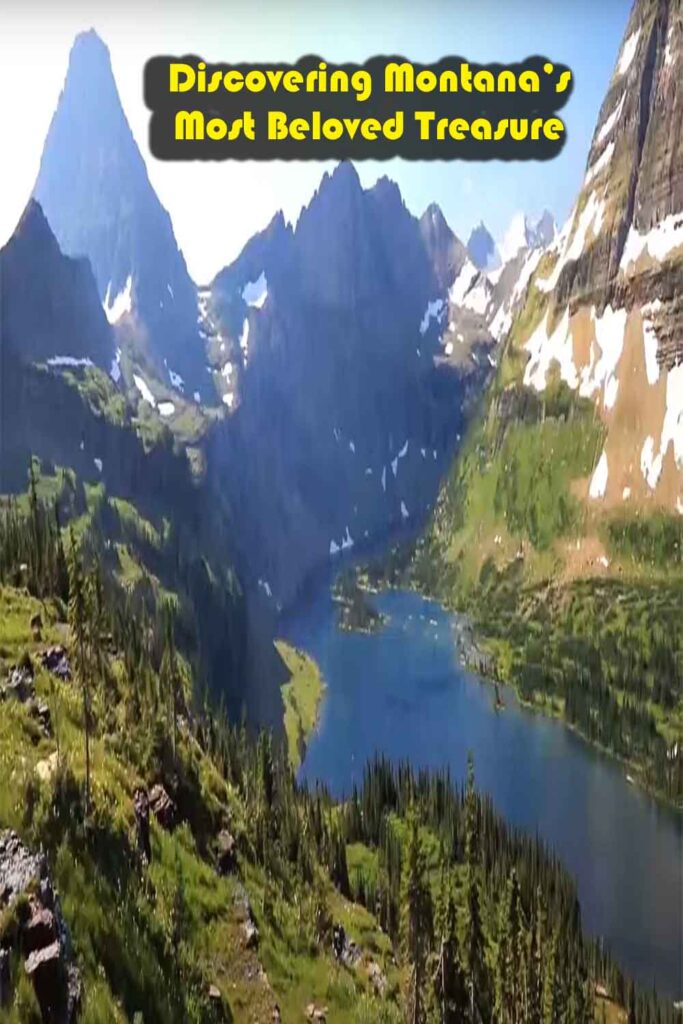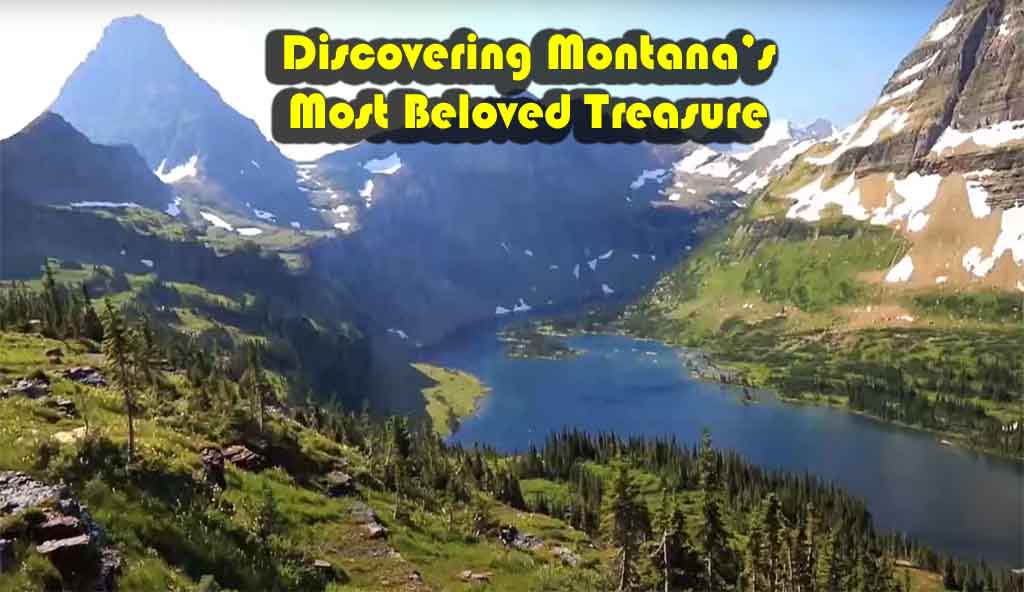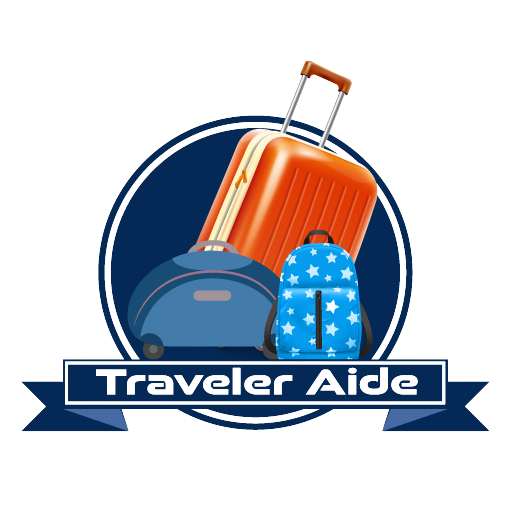When I first set foot in Montana, I understood why people call it “Big Sky Country.” The horizon feels endless, the air is crisp, and nature seems to stretch forever. It’s the kind of place that makes you pause, breathe, and really take it all in. But if you’re wondering what is the number one attraction in Montana, there’s one destination that stands above the rest—Glacier National Park.
I’ve visited a lot of breathtaking spots across the U.S., but Glacier National Park left me speechless in a way few others have. Imagine snow-capped mountains touching the clouds, turquoise lakes reflecting endless skies, and wildlife roaming free. It’s not just a park—it’s a living postcard of the wild American Northwest.
Located in northern Montana, right along the Canadian border, Glacier National Park covers more than a million acres of rugged wilderness. It’s often called the “Crown of the Continent,” and after a few hours there, you understand why. The park isn’t just about sightseeing; it’s an experience that pulls you into a world of crystal-clear rivers, wildflower meadows, and glacier-carved peaks.
But here’s what surprised me most—it’s not just about the views. What makes Glacier National Park the number one attraction in Montana is how it connects you with nature in ways that feel deeply personal. Whether you’re hiking up the famous Highline Trail, driving the breathtaking Going-to-the-Sun Road, or simply sitting by Lake McDonald at sunset, every moment feels like a story you’ll tell for years.
And yes, it’s stunningly beautiful. But it also has its challenges—like unpredictable weather, limited access during winter, and a need to plan ahead for permits and road conditions. Still, that’s part of its charm. Glacier isn’t a place you rush through; it’s a place you earn the right to experience.
What Makes Glacier National Park So Special
The more time I spent in Glacier National Park, the more I realized that it’s not just one attraction—it’s a collection of natural wonders packed into one breathtaking landscape. It feels wild, untouched, and somehow timeless, like stepping into a piece of Earth’s early history.

One of the things that makes Glacier truly unique is its diverse ecosystem. The park has more than 700 lakes, though only about 130 of them have names. You can see everything from crystal-blue waters to mirror-like reflections framed by pine forests and mountains. My personal favorite was Lake McDonald, the largest lake in the park. Its colorful pebbles under the water are almost hypnotic. Early in the morning, the lake looks like glass, perfectly mirroring the surrounding peaks. It’s peaceful, quiet, and feels almost sacred.
Then there’s the Going-to-the-Sun Road, which might just be one of the most beautiful drives in the entire world. Stretching about 50 miles, it winds through valleys, hugs cliffs, and crosses the Continental Divide at Logan Pass. I remember pulling over at several viewpoints just to catch my breath—not because of the altitude, but because the views are jaw-dropping. Waterfalls tumble from cliffs, glaciers gleam in the sunlight, and if you’re lucky, you might spot mountain goats or even grizzly bears in the distance.
For hikers, Glacier is a dream. The park offers over 700 miles of hiking trails, ranging from easy lakeside walks to challenging climbs. One of the most popular is the Highline Trail, a high-altitude path that runs along the Garden Wall. At times, the drop-offs beside you are steep, but the panoramic views of valleys and peaks make every step worth it. I met travelers from all over the world there, each walking quietly, almost in awe.
But Glacier isn’t just about scenery—it’s about feeling connected to something bigger. Standing among ancient glaciers and rugged mountains, you get a sense of how small and fleeting human life really is. The park forces you to slow down, to appreciate silence, and to simply be.
However, the beauty of Glacier is fragile. The number of glaciers in the park has been shrinking over the years due to climate change. Decades ago, there were around 150 active glaciers; now, fewer than 25 remain. It’s a sobering reminder of how quickly nature can change—and how important it is to protect places like this.
Read more about: Top 10 Places to Visit in the US
The Best Experiences You Can Have in Glacier National Park
If you ask me what makes Glacier National Park unforgettable, I’d say it’s the moments. It’s not just what you see—it’s how the place makes you feel. There’s something deeply personal about the experiences you collect here, whether you’re exploring by car, trail, or even kayak.
Let’s start with the Going-to-the-Sun Road, because it’s more than a drive—it’s an adventure. This road is carved right into the mountains, offering a front-row seat to the park’s most dramatic views. Every turn feels like it could be a postcard. One minute you’re gazing at valleys blanketed in pine forests, and the next, you’re looking out over snow-capped peaks that seem close enough to touch. I always tell people: if you do just one thing in Glacier, make it this drive. Just check the weather and the opening dates—parts of the road usually close from October to June because of snow.
For a slower pace, Lake McDonald is perfect. It’s great for kayaking, paddleboarding, or just sitting on the shore watching the light change across the water. The sunsets here are unreal—gold, pink, and purple streaks reflecting off the lake’s surface. If you’re lucky, you’ll catch a calm evening where the whole scene turns mirror-smooth. There’s also a historic lodge nearby that feels like stepping back in time, with cozy wooden interiors and a fireplace that always seems to crackle at the right moment.
If you love hiking, Grinnell Glacier Trail is one you can’t skip. It’s about 10 miles round trip and definitely a workout, but the payoff is beyond words. You’ll pass turquoise lakes, alpine meadows, and eventually reach the glacier itself—what’s left of it, at least. Standing there, surrounded by towering peaks and icy air, you realize how powerful and fragile nature really is.
For wildlife lovers, Glacier is paradise. On my trip, I saw bighorn sheep, elk, and even a grizzly bear from a safe distance. Rangers often give talks about how to safely explore areas with wildlife, and I found that learning about the animals made every encounter even more meaningful. It’s their home—you’re just a respectful visitor passing through.
And then there’s Logan Pass, the highest point along Going-to-the-Sun Road. It’s a favorite stop for both drivers and hikers. From there, you can access the Hidden Lake Overlook Trail, a relatively easy hike with one of the most stunning views in the park. When I reached the overlook, I just stood there, unable to speak. Below me stretched a turquoise lake framed by wildflowers and rugged mountains—it looked like a painting.
Of course, not everything in Glacier is perfect. The weather can be unpredictable—it can snow in July, and sunny mornings can turn into foggy afternoons. Also, cell service is almost nonexistent, which can be inconvenient but honestly, it forces you to disconnect in the best way.
Planning Your Visit – When, Where, and How to See the Best of Glacier National Park
Planning a trip to Glacier National Park takes a bit of effort, but trust me—it’s worth every bit of it. This isn’t the kind of place you can just drop by unprepared. The park’s size, unpredictable weather, and seasonal access make a little research essential for a smooth experience.
Let’s start with the best time to visit. If you want to see Glacier in all its glory, late June to early September is ideal. That’s when the snow has melted, the Going-to-the-Sun Road is fully open, and the wildflowers are in bloom. July and August are peak months, which means larger crowds—but also longer days and warmer weather. I went in July, and while it was busy, I didn’t mind. The energy of fellow travelers added to the magic.
If you prefer fewer people, September is perfect. The air is cooler, the leaves start turning gold, and you can still explore most of the trails before the snow returns. On the other hand, spring and early summer can be tricky because parts of the park remain closed due to snow. Still, the waterfalls are at their most powerful, and wildlife spotting is incredible.
When it comes to where to stay, you’ve got options for every style. Inside the park, you’ll find classic lodges like the Many Glacier Hotel—a grand old building with a Swiss-Alpine feel and unmatched views of Swiftcurrent Lake. It’s pricey but worth it for the experience. There’s also the Lake McDonald Lodge, a cozy historic spot that’s perfect if you want to stay near the main attractions.
For those on a budget, camping is a great choice. Glacier has several campgrounds, but they fill up quickly, especially in summer. Some are first-come, first-served, while others require reservations. I stayed at Apgar Campground, near Lake McDonald, and woke up every morning to the sound of birds and the soft rustle of the forest. If you love the outdoors, that experience alone is worth the trip.
Transportation can be a bit tricky. You can drive yourself, but parking can be tough during peak hours. The park also offers free shuttle services along the Going-to-the-Sun Road during summer, which is a stress-free way to hop between popular stops. And if you love photography, you’ll appreciate not having to focus on driving so you can soak up the views.
Here are a few insider tips I picked up:
- Start early in the day. The light is beautiful, wildlife is more active, and parking lots fill up fast.
- Bring layers. Even in July, mornings can be chilly, and mountain weather changes quickly.
- Pack snacks and water. Once you’re on the trails or the scenic road, there aren’t many stores around.
- Download maps offline. Cell service is limited, so having your route saved can save you from frustration.
- Don’t rush. Glacier is about slowing down and taking it all in.
No matter how much you plan, there’s always an element of surprise in Glacier. Maybe it’s a rainbow over the mountains after a quick rain, or a quiet moment by a lake where you realize you haven’t checked your phone in hours. Those moments make the trip feel real.
In the final section, I’ll wrap things up with why Glacier National Park isn’t just Montana’s number one attraction—but one of America’s most unforgettable natural treasures.
Why Glacier National Park Deserves Its Title as Montana’s Number One Attraction
After spending time in Glacier National Park, I can honestly say it’s not just the number one attraction in Montana—it’s one of those rare places that changes how you see the world. Every mountain, lake, and forest feels alive, telling stories that go back thousands of years. It’s both humbling and inspiring.
What makes Glacier truly special isn’t just its beauty—it’s how it makes you feel part of something greater. There’s a quiet power in standing before a glacier that’s existed longer than any human structure, or walking along a trail that early explorers once crossed with nothing but grit and curiosity. You start to understand why people return here again and again. It’s not just a vacation spot—it’s a reminder of what untouched nature feels like.
And that’s something rare these days. So much of our world feels busy, crowded, and digital. But in Glacier, the noise fades. You hear only the wind, the rush of waterfalls, and the soft creak of trees swaying. It feels pure, unfiltered, and almost sacred.
That said, Glacier does have its challenges. Climate change continues to shrink its glaciers, threatening the balance of the entire ecosystem. If trends continue, scientists predict many of these ice giants could vanish within decades. Visiting Glacier today is both a privilege and a call to action—to appreciate and protect what remains.
For those planning to visit, here’s what I’d tell you:
- Take your time. Glacier isn’t meant to be rushed. Each lake, trail, and overlook has its own rhythm.
- Be present. Leave the phone in your bag for a while and just look around. The park rewards quiet observation.
- Respect the land. Stick to trails, follow ranger advice, and remember you’re a guest in nature’s home.
- Visit in the off-season if you can. You’ll see a quieter, more personal side of the park that few experience.
Final Thought:
Glacier National Park isn’t just Montana’s number one attraction—it’s a reminder of how breathtakingly wild and beautiful our world can be when it’s left untouched. Standing among its jagged peaks and mirror-like lakes, you realize that true peace doesn’t come from comfort or luxury—it comes from connection. Connection to the earth, to silence, and to the kind of beauty that makes you pause and breathe a little deeper.
If you ever get the chance to visit, don’t go just to see Glacier. Go to feel it—to watch the sunrise melt over the mountains, to listen to the streams whisper through the valleys, and to remember what it means to be small in a world so vast. That’s the real magic of Montana’s crown jewel.


